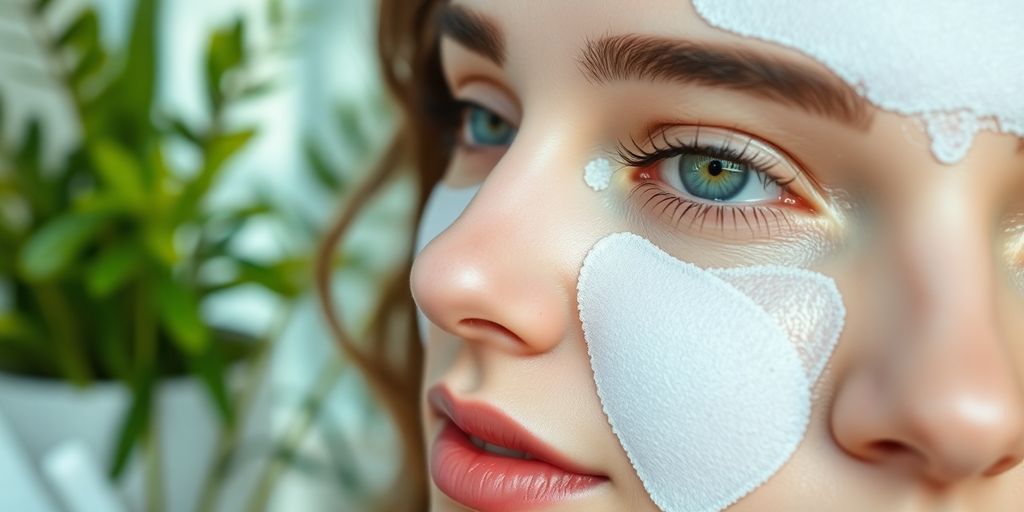Modern dentistry and traditional remedies often intersect, bringing ancient practices such as oil pulling to the forefront. A key question around this practice is, “Does oil pulling whiten teeth?” This comprehensive guide explores the science, history, and technique of oil pulling, providing answers to this question and more.

Understanding Oil Pulling
Ayurvedic medicine, one of the world’s oldest holistic healing systems developed over 3,000 years ago in India, is the origin of oil pulling. Traditionally, this practice was used to improve oral health and detoxify the body. The process involves swishing a tablespoon of oil, often coconut, sesame, or sunflower, in your mouth on an empty stomach for about 15-20 minutes.
Enthusiasts believe oil pulling draws out toxins in your body and improves your health. Different oils, each with unique characteristics and alleged benefits, are used. But does oil pulling whiten teeth? Let’s delve into the evidence.
Does Oil Pulling Whiten Teeth?

As the world increasingly leans towards natural remedies, a chemical-free, natural teeth whitening method is understandably enticing. But when answering, “Does oil pulling whiten teeth?”, we must consider the scientific evidence.
Anecdotal accounts praise oil pulling as an effective teeth-whitening method. However, scientific studies provide a more nuanced perspective. A 2015 study found that oil pulling with coconut oil could significantly reduce plaque and gingivitis, which can contribute to yellowing teeth. Reducing these factors could lead to whiter teeth over time. Despite this, it’s crucial to note that oil pulling should not replace regular dental hygiene practices but can supplement them.
Other Benefits of Oil Pulling
Beyond potential teeth whitening, oil pulling is reported to offer several other benefits. Regular practice can help reduce bad breath, often more effectively than over-the-counter mouthwashes. It’s also believed to improve gum health, decrease inflammation, and potentially aid in preventing oral diseases
How to do Oil Pulling: Step-by-Step Guide

Credit: Vedix
- Choose an oil. Coconut oil is highly recommended due to its high lauric acid content, which possesses anti-inflammatory and antimicrobial effects
- On an empty stomach, preferably in the morning, place a tablespoon of the oil in your mouth.
- Swish the oil around for 15-20 minutes, ensuring it reaches all parts of your mouth. Do not gargle or swallow it.
- Spit the oil out, preferably not into the sink, as the oil could solidify and block pipes.
- Rinse your mouth with warm water and brush your teeth as usual.
Best Oils for Oil Pulling
While coconut oil is popular due to its taste and health benefits, Ayurveda traditionally used sesame and sunflower oils. Sesame oil is known for its anti-inflammatory properties and can help reduce plaque-induced gingivitis. Sunflower oil, rich in vitamin E, offers antioxidant properties. Each oil brings unique benefits, and the choice ultimately depends on personal preference.
Oil Pulling Side Effects

Oil pulling is generally safe. However, ensure not to swallow the oil used for pulling, as it contains bacteria and toxins pulled from your mouth. Some individuals may experience a dry mouth or sore jaw muscles from the swishing action. To avoid discomfort, start with a shorter duration and gradually increase.
Contraindications
Oil pulling is a safe practice for most people. However, individuals with any specific oil allergies should avoid using that oil for this practice. Additionally, those with oral health issues such as advanced periodontal disease or dental abscesses should consult with their dentist before beginning oil pulling, as the practice could potentially worsen these conditions.
Oil Pulling Before and After: What to Expect

Credit: Nourishedlife
While oil pulling may not instantly whiten teeth, regular practice can improve overall oral health over time, potentially leading to whiter teeth indirectly. After a few weeks of consistent oil pulling, you may notice fresher breath and healthier gums.
What changes have you noticed since you started oil pulling? We’d love to hear about your experiences!
Conclusion
In conclusion, oil pulling is an age-old practice with a myriad of potential oral health benefits, including the possibility of teeth whitening. It isn’t a quick fix for a brighter smile but can contribute to better oral health when used alongside regular dental hygiene practices. If you’re exploring natural ways to improve your oral health, oil pulling could be worth considering. However, manage expectations, stay consistent, and most importantly, listen to your body.
Whether you’re seeking a natural teeth whitening method or a holistic approach to oral health, understanding and leveraging this ancient practice may offer improved oral wellness. As always, consult with your dentist or a healthcare professional before beginning any new health practice. So, “Does oil pulling whiten teeth?” There’s no direct, definitive scientific evidence to confirm this, but the potential oral health benefits make oil pulling a practice worth considering.
Have you tried oil pulling? Do you have any questions or thoughts you’d like to share? Let us know in the comments! Discover a greener way to beauty and personal care! Dive into our insightful blogs for the latest tips and trends on sustainable products, eco-friendly practices, and green living. Click here to explore now!








